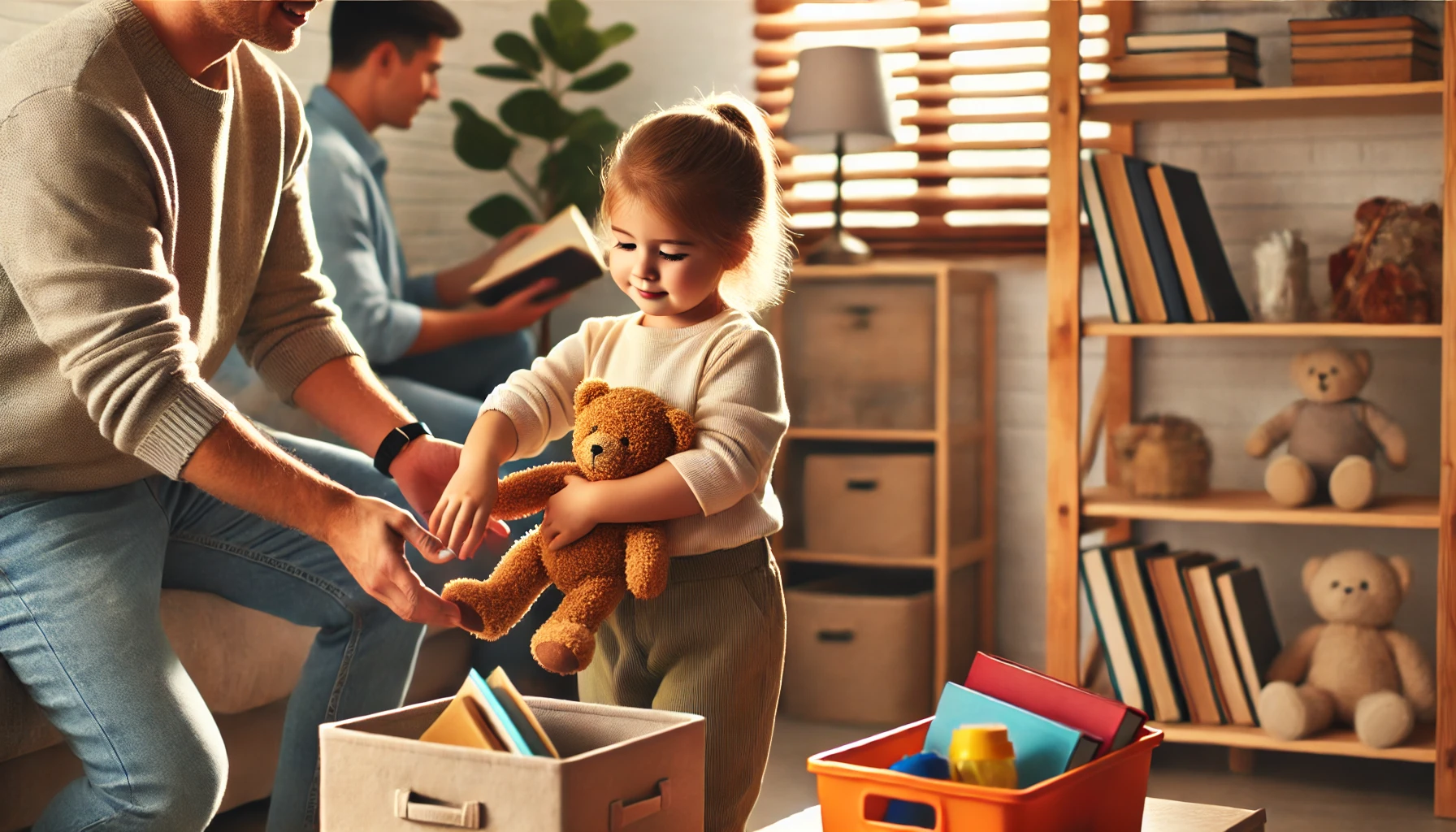How to Teach Young Children About Taking Care of Their Belongings
Teaching young children to take care of their belongings helps them develop responsibility, organization, and appreciation for what they have. When kids learn to put away their toys, handle items with care, and keep track of their possessions, they build habits that will benefit them throughout life. Parents can encourage responsibility through routines, games, and positive reinforcement. In this article, we’ll explore practical ways to help children understand and practice taking care of their belongings.
Why Teaching Responsibility for Belongings is Important
- Encourages responsibility – Helps children learn to care for their own things.
- Builds organization skills – Teaches kids how to keep their spaces tidy.
- Develops appreciation – Encourages gratitude for what they own.
- Prevents lost or broken items – Helps kids understand the value of taking care of things.
- Prepares for school and independence – Teaches kids to manage their personal belongings.
1. Teach Kids That Their Belongings Are Their Responsibility
Helping children understand that they are responsible for their own items encourages accountability.
Activity Idea:
- Say, “Your toys, books, and clothes belong to you, so it’s your job to take care of them.”
- Create a Responsibility Chart with small tasks like putting away shoes and tidying up toys.
- Praise responsibility: “I love how you put your crayons back in the box!”
What Kids Learn:
- That taking care of their belongings is their responsibility.
- How small actions, like putting things away, help prevent messes.
- The importance of keeping track of their own items.
2. Make Cleaning Up Fun and Engaging
Turning clean-up time into a game makes it enjoyable instead of a chore.
Activity Idea:
- Set a clean-up timer and challenge kids to put toys away before it rings.
- Play a sorting game, where kids group items by type (books, stuffed animals, blocks).
- Use a reward system, like stickers, for cleaning up regularly.
What Kids Learn:
- That organizing can be fun and rewarding.
- How to stay motivated to keep their spaces tidy.
- The benefits of keeping things in their proper place.
3. Teach Kids to Handle Items with Care
Helping children understand that items last longer when treated well encourages responsibility.
Activity Idea:
- Demonstrate how to turn book pages gently and hold toys properly.
- Show kids the difference between carefully using a toy vs. being rough.
- Explain that taking care of things helps them last longer.
What Kids Learn:
- That gentle handling keeps items from breaking.
- How to respect their belongings and those of others.
- The importance of treating everything with care.
4. Encourage Kids to Keep Track of Their Belongings
Teaching kids to keep track of their items helps prevent loss and frustration.
Activity Idea:
- Play a “Find Your Things” game, where kids practice putting their items in the right place.
- Before leaving a place, ask: “Do you have everything you brought?”
- Label personal items with their name to help them keep track.
What Kids Learn:
- That keeping track of their things prevents loss.
- How to check for all their belongings before moving on.
- The importance of putting things back in the same place.
5. Read Books About Responsibility and Taking Care of Things
Stories help children relate to characters who learn responsibility.
Activity Idea:
- Read The Berenstain Bears and the Messy Room (about keeping spaces clean).
- Ask, “What happens when the characters don’t take care of their things?”
- Discuss how the story applies to their own room or toys.
What Kids Learn:
- That being responsible for their belongings has benefits.
- How messes and carelessness cause problems.
- The importance of organization and tidiness.
6. Set Clear Expectations for Taking Care of Belongings
Simple rules help children understand what is expected of them.
Activity Idea:
- Create a Household Rules Chart with rules like “Put toys away after playing”.
- Use a “Before You Leave” checklist, reminding kids to bring their things home.
- Praise kids when they follow the rules: “You did a great job remembering your backpack!”
What Kids Learn:
- That responsibility requires consistency.
- How to develop habits of taking care of their belongings.
- The importance of following through with tasks.
7. Encourage Kids to Donate or Fix Items Instead of Throwing Them Away
Teaching children that items can be repaired or shared builds appreciation for belongings.
Activity Idea:
- Let kids help fix broken toys or books instead of replacing them immediately.
- Encourage donating toys they no longer use to someone in need.
- Talk about why caring for items means they last longer.
What Kids Learn:
- That fixing things is better than throwing them away.
- How sharing items with others teaches gratitude.
- The value of taking care of things to reduce waste.
8. Praise and Reinforce Responsible Behavior
Positive reinforcement encourages children to keep practicing responsibility.
Activity Idea:
- Say, “I love how you put your shoes away where they belong!”
- Use a “Responsibility Chart”, where kids earn stars for taking care of their things.
- Ask, “How does it feel to have a clean and organized space?”
What Kids Learn:
- That their efforts to be responsible are noticed and appreciated.
- How taking care of their belongings makes life easier.
- The motivation to continue being responsible.
Final Thoughts
Teaching young children about taking care of their belongings helps them develop responsibility, organization, and appreciation. By setting clear expectations, making cleaning up fun, and reinforcing good habits, parents can guide children toward becoming responsible individuals who value and care for what they have.
